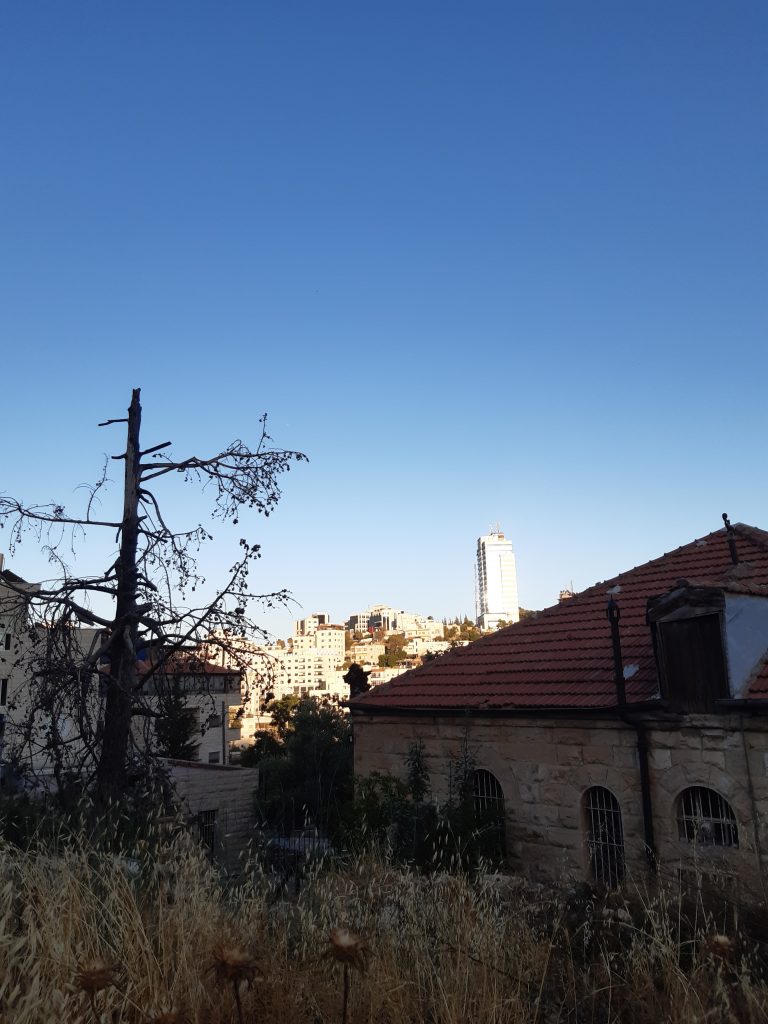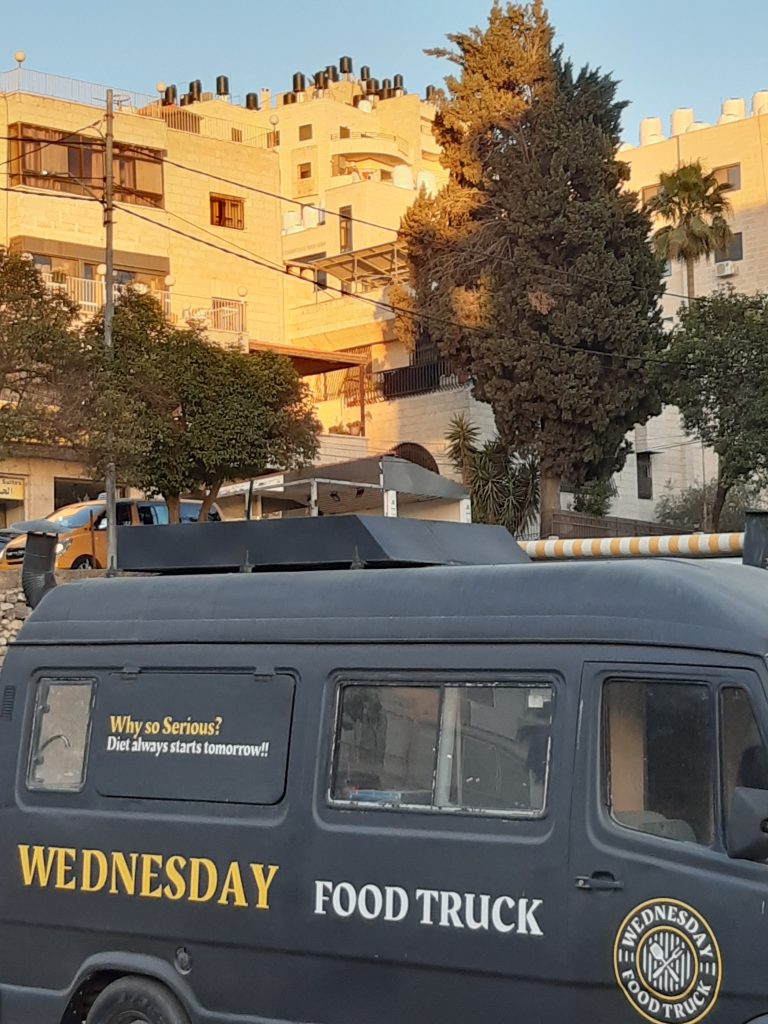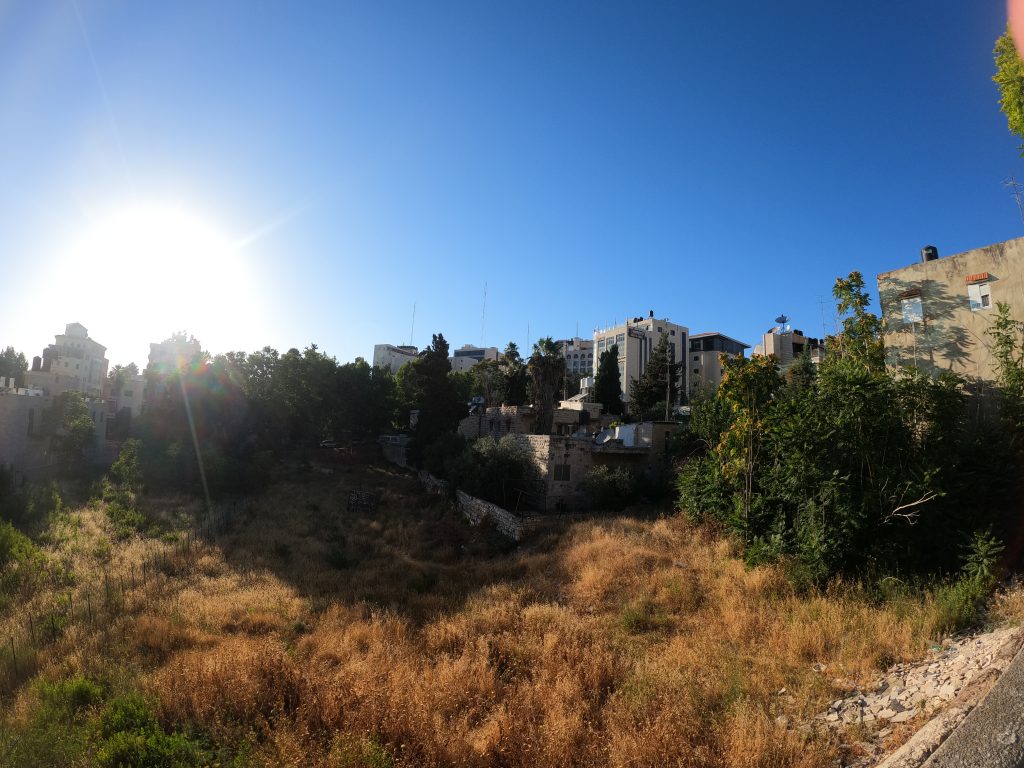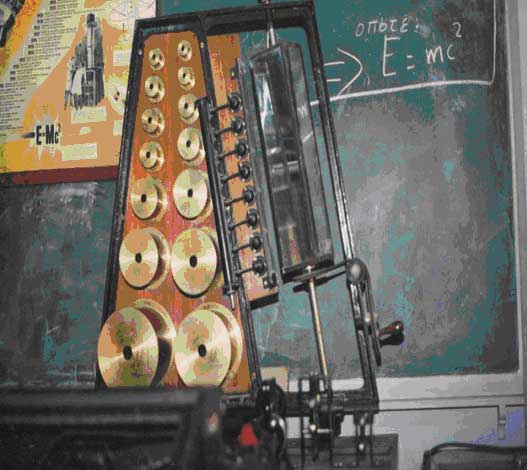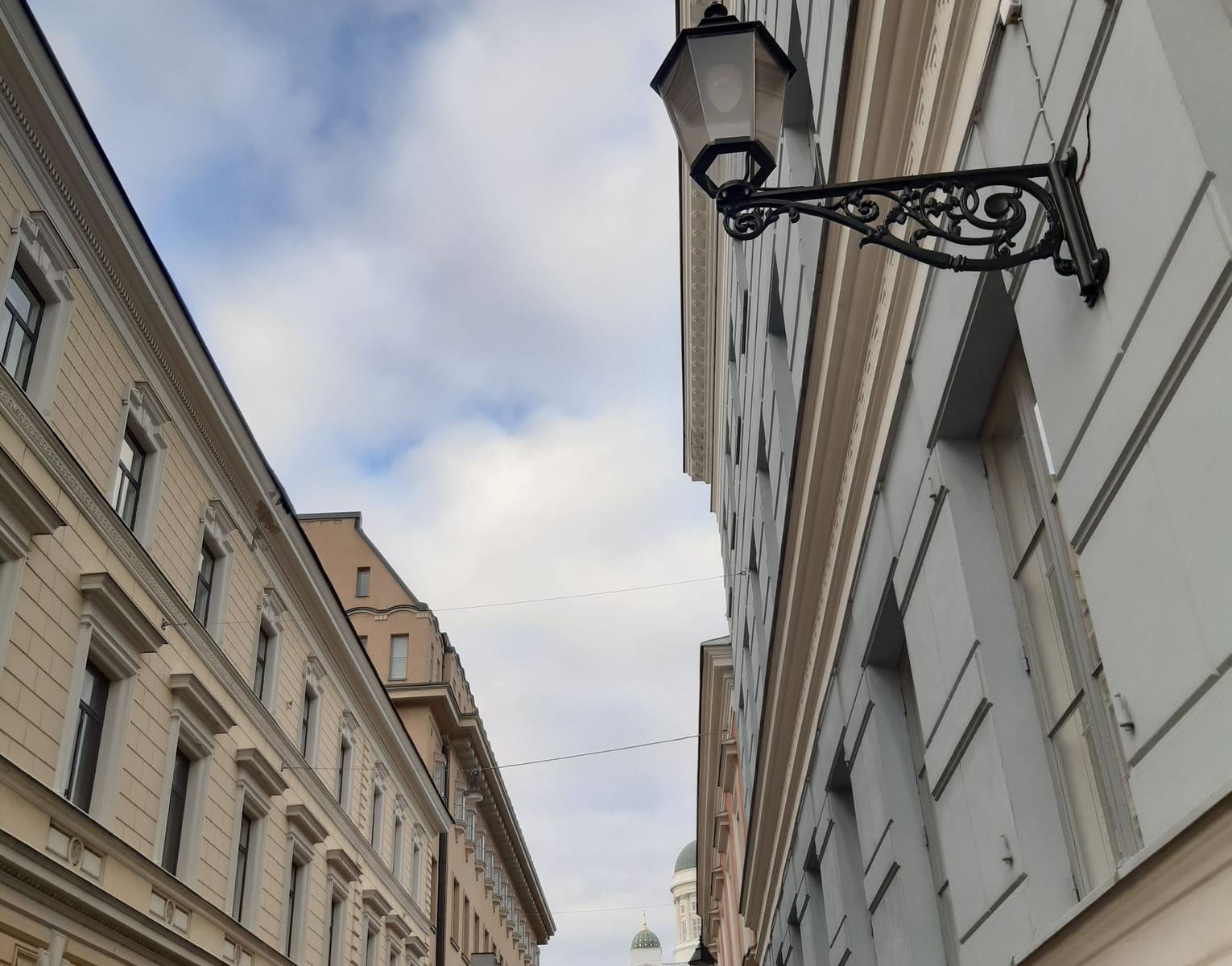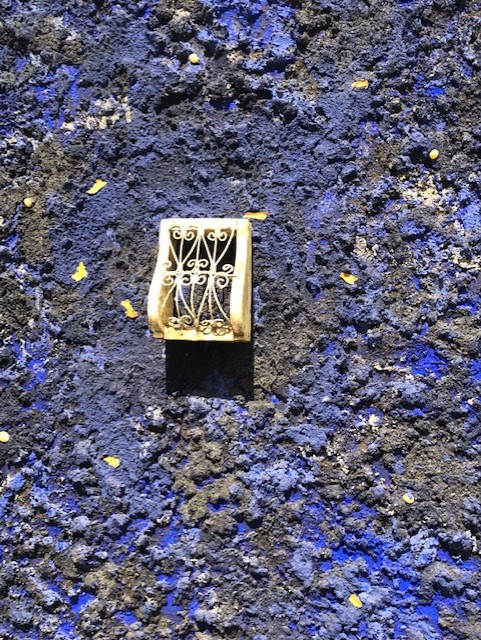


*For details about the artwork and artists, check the links in the embedded Sway below. The photos are from works exhibited at the Palestinian Museum at Birzeit in the West Bank.
Cultural heritage is not a direct aim of OLIVE project, in the sense that the activities do not focus on cultural heritage issues per se. Cultural heritage is, however, about the symbols and aesthetic developments that are associated with the growth of our communities and wider societies. Cultural heritage, therefore, is sine qua non in and for education and educational research.
According to the definition provided by UNESCO :
Cultural heritage includes artefacts, monuments, groups of buildings and sites, and museums that have a diversity of values including symbolic, historic, artistic, aesthetic, ethnological or anthropological, scientific and social significance. It includes tangible heritage (movable, immobile and underwater), intangible cultural heritage (ICH) embedded into cultural, and natural heritage artefacts, sites or monuments.
It would be, therefore, no exaggeration to say that it is not possible to implement an international (or any) project, such as OLIVE is, in the absence of cultural heritage. Some manifestation or element of cultural heritage is present in some form, be it in an explicit or implicit way. Especially nowadays, when sustainability is prioritized in the wider educational discourse, cultural heritage is becoming more and more a vital part in higher education curricula, particularly in connection with the use and applications of digital technology.
Within the framework of OLIVE project, visits to places such as HEUREKA as part of the exchange program of staff from Birzeit University and Al-Azhar University Gaza in Spring 2022 is a manifestation of cultural heritage elements. Heureka is a science centre in Helsinki that combines technology and art-inspired installations to signify the state-of-the-art in socio-economic and technological development and innovation.
In fact, the impact of digital technology has generated a variety of discussions and even introducing the notion of digital heritage as ‘new Renaissance’.
Continue reading “Cultural heritage with digital technologies: new imaginaries through time “
